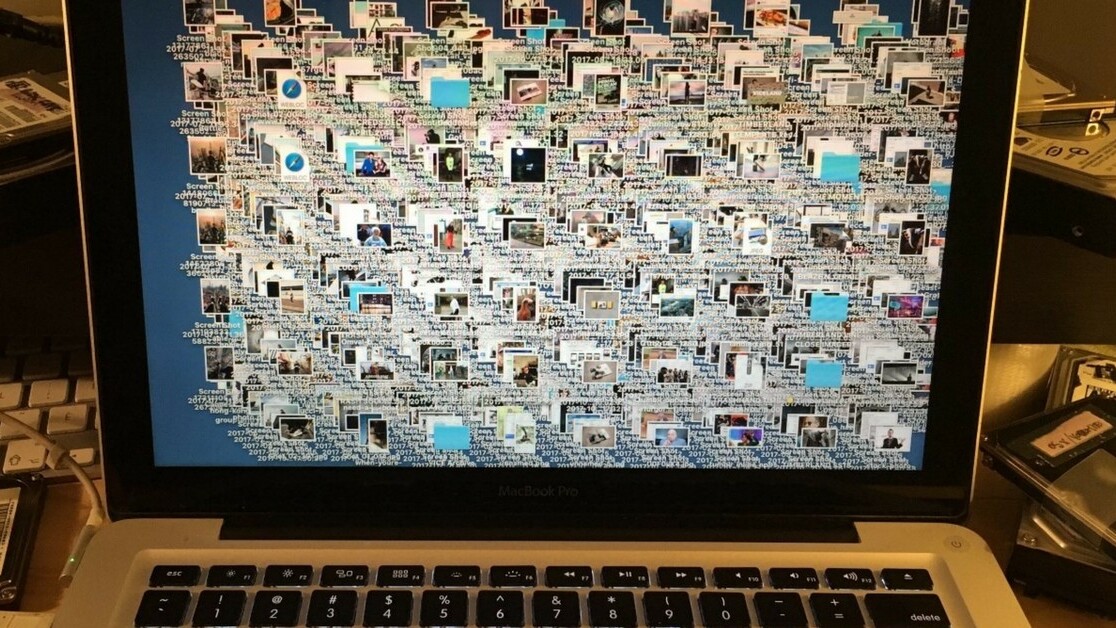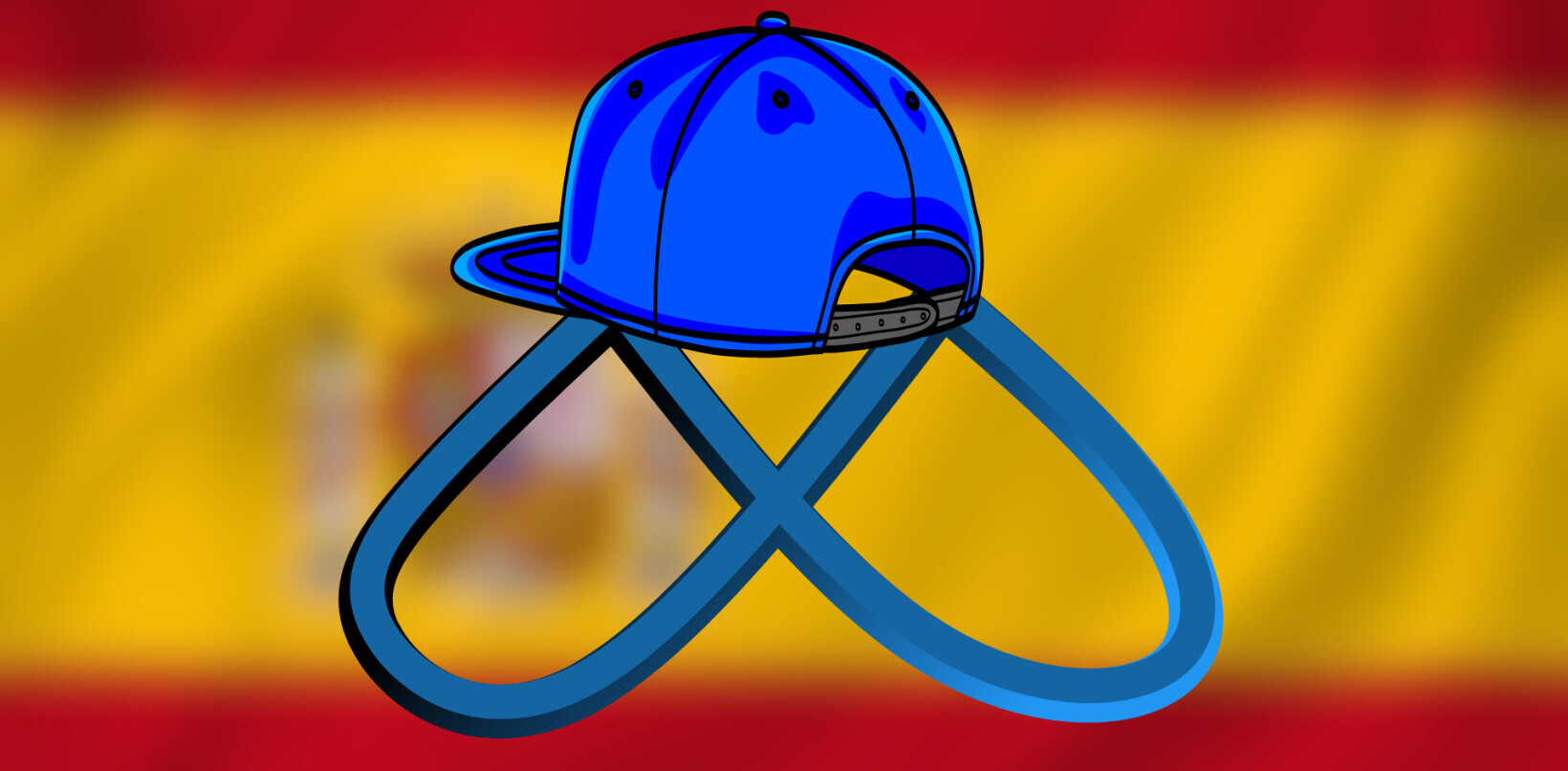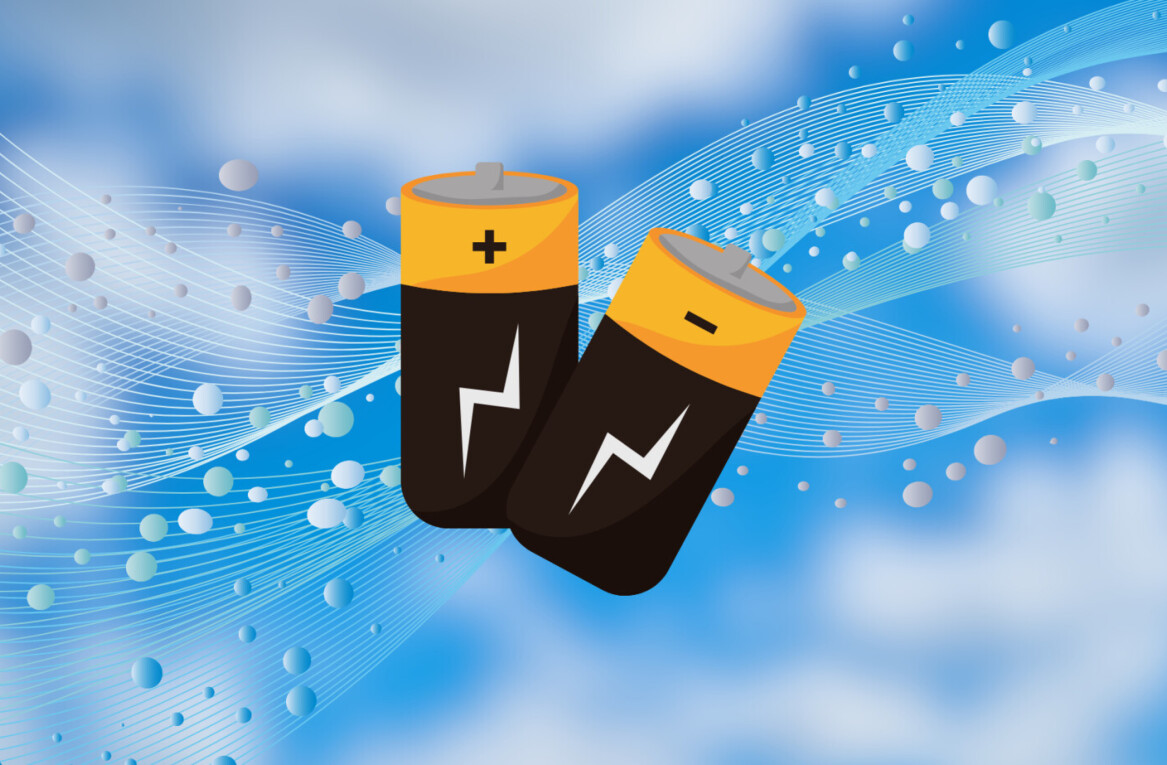Never in my life did I expect to have this problem. I believe in, and practice, minimalism. Almost all of my belongings can fit into a few bags.
But somewhere along the way, I’ve become a digital hoarder. It’s been easy for me to minimize tangible objects. And maybe there’s a part of me that looked down on people who hoard physical possessions. But with my digital collections, I’m forced to reckon with myself.
I hoard screenshots I valued one time. I hoard shows on my DVR that I never watch. I hoard songs that haven’t topped any charts in years. My supply of podcasts, YouTube subscriptions, and audio books can last two lifetimes. I have free samples of hundreds of eBooks, just in case.
My email account is a mess of bold subject lines that blend in as unread emails. My browser has fifty tabs open at any given time. I have more bookmarks than books.
With my phone, I constantly have to delete something to do anything. When I uninstall an app, it feels like choosing between loved ones.
At my last job, my desktop icons looked like constellations in the sky.
The best friends for all my files are storage options and search bars.
I’ve learned to ignore my digital stockpiles as background noises. But when I saw that I had 1,700+ stories in my Reading List, I decided to do something.
So, as a start, I removed all 1,700+ articles from my Reading List. Not a one was spared from removal. From now on, I’ll read people and tags instead of titles and suggested content. I’m really interested in the community and the conversations. I’m not falling for clickbait, controversy, or claps anymore. Those motives to save an article lead me to clutter.
Clearly, even with my Reading List under control, I still have more work to do.
While in this process, I noticed three aspects of digital hoarding worth sharing:
#1. Digital Hoarding Can Be Stressful Too
We usually think people who hoard physical things must be overwhelmed. But for digital hoarders, it’s stressful too. The stress of not being able to find a file is real. The slowdowns, stalls, and shutdowns to every device are real.
And, although we swat and swipe them, the constant notifications about size limits get to us after a while. Just the fact that we feel better with less digital clutter proves digital hoarding is stressful.
#2. Digital Hoarding Takes Time to Undo
Digital hoarding is not as easy to undo as it sounds. While people aren’t likely to break a sweat over digital backlogs, undoing them can get on your nerves. The effort to clear up digital files can be monotonous and time-consuming. To delete 1,700 Medium articles from my reading list it took over an hour to click ‘remove’ on each article. I knew it would take time to undo and that’s one reason why I didn’t fix it sooner.
Often our digital files are also in a mess. When our files are randomly named we may have to click on or open each one to make a decision. It’s similar to opening a box to see what the hell is inside. Digital hoarders ask themselves many of the same questions like, “Is this worth keeping?”
#3. Digital Hoarding Doesn’t Get a Pass
People can usually get away with digital hoarding. An intervention for digital hoarding probably isn’t common. And those who hoard paper are often encouraged to go digital.
But that doesn’t make digital hoarding any better. While digital hoarding is not classified as a mental health disorder, some researchers believe it is linked to ADHD for some people.
The need to keep unused files could be a habit. Or, it could be based on fears we have about losing something or missing out. In any case, if our digital possessions make us anxious we shouldn’t give them a pass.
There are ways we can manage our digital hoarding. At least one of these suggestions below may work for you.
Three Ways to Deal with Your Digital Hoarding
#1. Delete:
One way to deal with your hoarding is to delete everything you haven’t looked at or used in the last 30 days. Or, you could delete files based on an expiration date you assign. In most cases, you should delete duplicate files located on the same device.
Deleting files on a regular basis is also a maintenance strategy. You may want to consider reviewing your files once a month, or once a quarter, to see what can be deleted.
But deleting may not be for everyone and everything. When my dad passed away in 2015, I was very happy to have 500 voicemails from him going back to 2010. Think twice before deleting digital files connected to a person. Or, don’t think about any files related to people and let those be the files you allow to accumulate.
#2. Content as Food
The internet is a huge buffet of irresistible information and rich content. We must get our money’s worth but self-control is required at the internet buffet too. We should consult with Picky and Selective before we load up on downloads. It may be a good idea to set a personal limit for some types of digital downloads. If more content is coming at you then you can consume then you have too much on your plate.
While not the perfect comparison, it’s not a bad idea to think of our content like calories. We should take in what we can consume and try to store as little as possible. Sometimes we store digital content because we procrastinate and don’t use it right away. If you store up too much content in one day, then on the next day consume first what’s already stored. Otherwise, we start to gain too much, and we waste what we already have.
#3. Organize
Another way to deal with your digital hoarding is to simply organize what you have. A major issue with digital hoarding is not being able to find and use what’s there. In that case, you should organize your files and create a system to manage them in the future. Sometimes our files pile up because we procrastinate on the work it takes to organize and manage the information. It can be tedious, but organizing a little here and there makes it easier. Generally speaking, the more information we have the more we must be organized.
But we don’t just organize digital content for ourselves. We also organize it for others. Are there important documents buried someplace on our devices? Do the important people in our lives have access? And what about after we’re gone, is there some way we’d like our digital content to be used.
In the old days, if we had too much stuff we’d give it away. Now, we can easily keep all our digital files. And instead of giving stuff away we share stuff. We contribute to others becoming digital hoarders by sharing content with them that they hold on to needlessly.
And we can’t leave out the tech companies. They have a role in digital hoarding too. They make it easy for us to hoard while they haul away money. Maybe one day they’ll innovate and create more sophisticated ways to manage and minimize our digital content.
Until then, it’s a hassle we have to tackle. At least we know every byte counts.
This article was originally published on Sam’s Medium. Follow him on Twitter down here:
Get the TNW newsletter
Get the most important tech news in your inbox each week.





